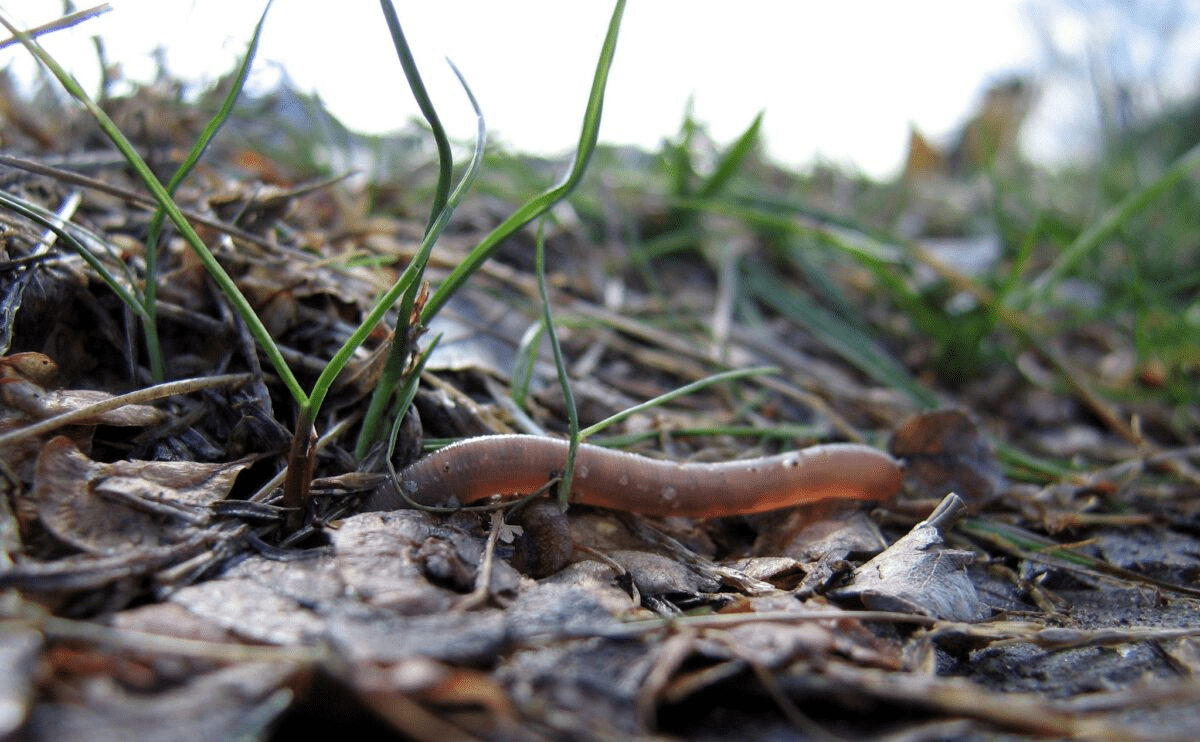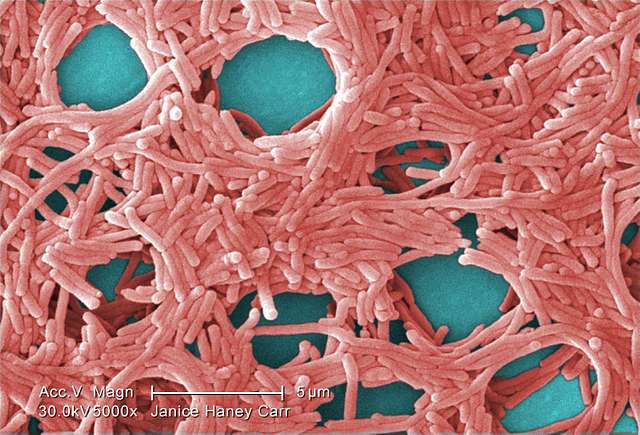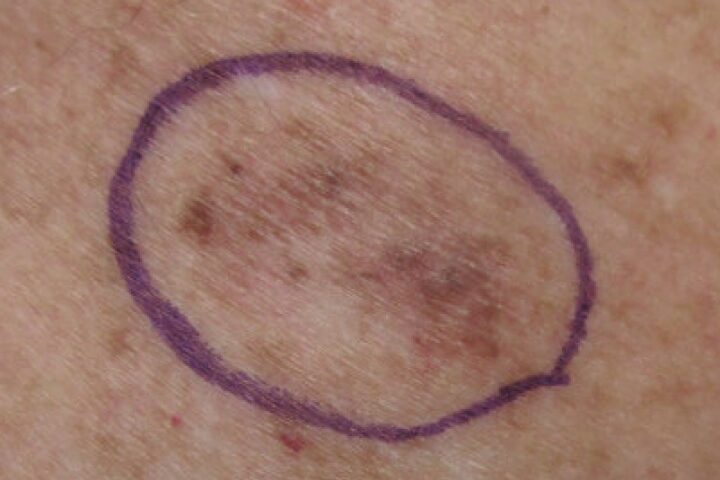According to recent studies, the presence of micro plastics can inhibit earthworm growth and even cause them to lose weight, which might significantly & adversely affect the soil ecology. Researchers from College of Environmental Science and Engineering, Nankai University, Tianjin have researched and found the adverse effects of microplastics on earthworms and how it can worsen earthworm mortality. Micro plastics in terrestrial ecosystems are extensively dispersed and have been shown to impact earthworms negatively. Earthworms’ oxidative reactions, gene expression, growth, behaviour, and gut microbiota are all affected by micro plastics. In addition to other contaminants, heavy metals, and hydrophobic organic compounds, micro plastics are frequently found together (HOCs). So microplastics are even contaminating the earthworms and the land they dwell in
Previously researchers from Anglia Ruskin University (ARU) looked at how ryegrass that had been put on top of biodegradable polylactic acid (PLA), high-density polyethylene (HDPE), and micro plastic garment fibers (acrylic and nylon) affected earthworms that lived in the soil. Earthworms can selectively consume micro plastics, favouring those with smaller particle sizes (much less than 50 m) and biodegradable components. In general, earthworms are more significantly harmed by micro plastics with more significant concentrations (particularly those > 0.5%, w/w) and smaller sizes (e.g., 100 nm). Micro plastics can also help earthworms accumulate organic and heavy metal contaminants, which can cause more severe harm.
The study also discovered that the pH of the soil dropped when HDPE was present. Additionally, soil containing PLA, a biodegradable plastic, decreased the ryegrass’s shoot height (Lolium perenne). In contrast, fewer ryegrass seeds germinated in the presence of PLA and textile fibers.
Earthworm mortality, behavior, growth, reproduction, oxidative response, and gut microbiota are the primary components of co-exposure that have an impact on earthworms. The negative impacts of other pollutants on earthworms may generally be made worse by micro plastics. For example, micro plastics can make it easier for other contaminants to accumulate in earthworms, slow down development rates, aggravate oxidative damage, and alter the gut microbiota of earthworms.
Dr. Bas Boots, the study’s lead author and a lecturer in biology at Anglia Ruskin University (ARU), noted that the earthworms often gained weight when some micro plastics were present while losing weight when others were present. However, it’s crucial to identify the precise causes of this weight reduction. The reaction mechanisms to earthworm micro plastics may be similar to those of the previously researched aquatic lugworms. The digestive system is obstructed and irritated, nutritional absorption is constrained, and development is inhibited, among other impacts.
Connor Russell, a co-author of the study and alumnus of Anglia Ruskin University’s (ARU) MSc Applied Wildlife Conservation program, said: “Earthworms may be thought of as ecosystem engineers since they assist in maintaining healthy soil. They accomplish this by consuming decomposing organic waste, increasing nutrient availability. Their digging enhances soil structure, aids drainage, and reduces erosion. Because of this, it is quite possible that any pollution that affects the well-being of soil fauna, such as earthworms, may have a domino effect on other facets of the soil ecosystem, including plant development.


















